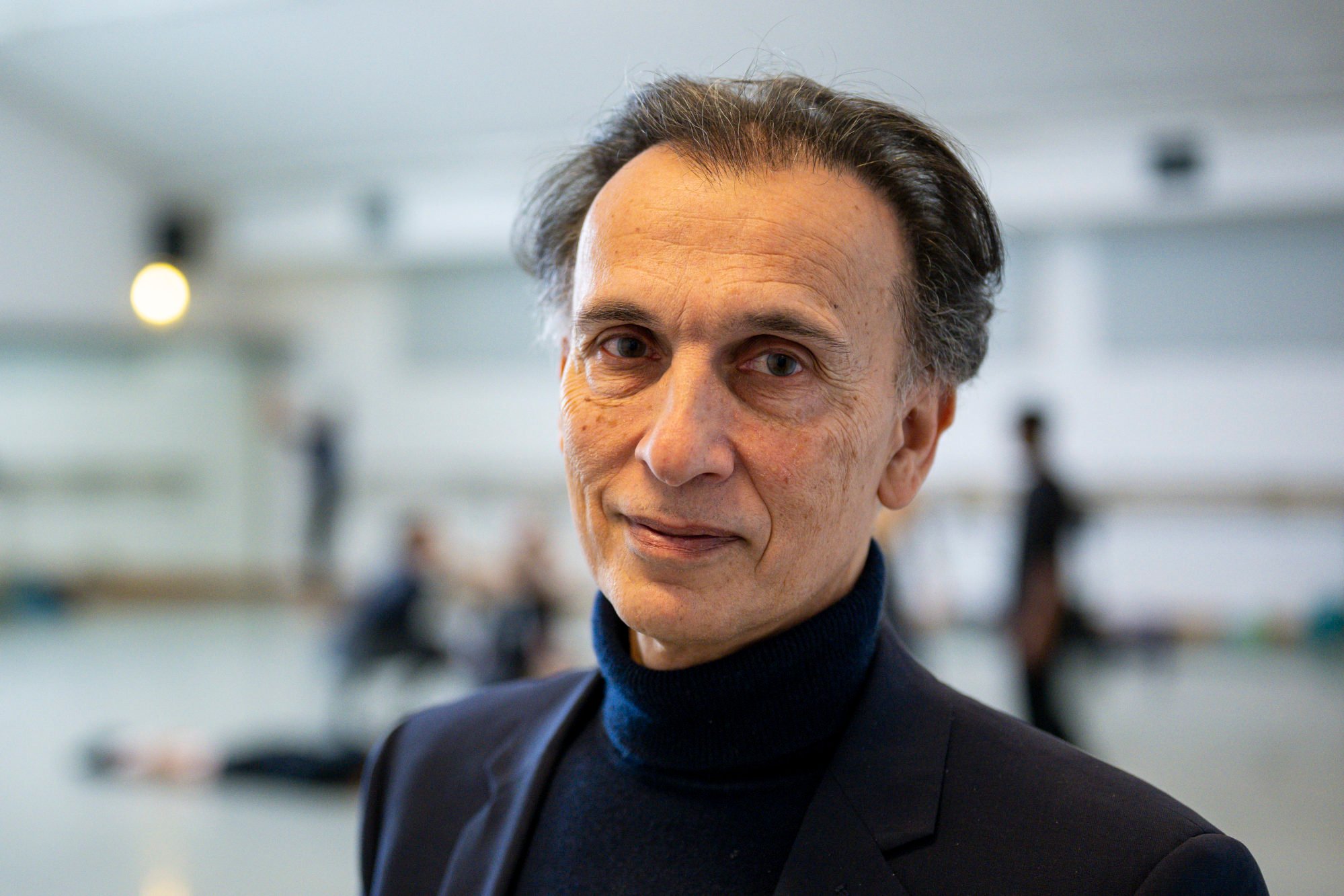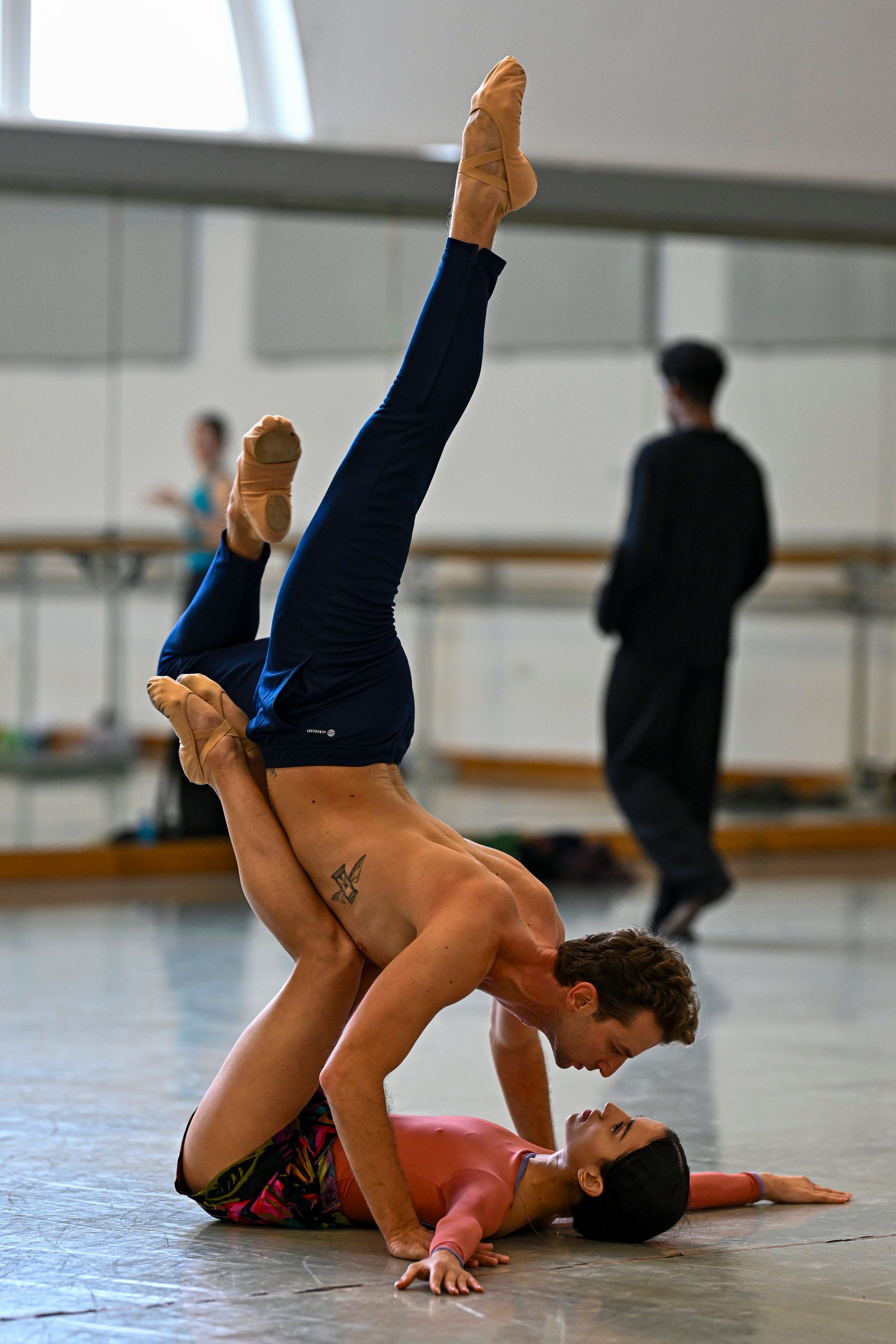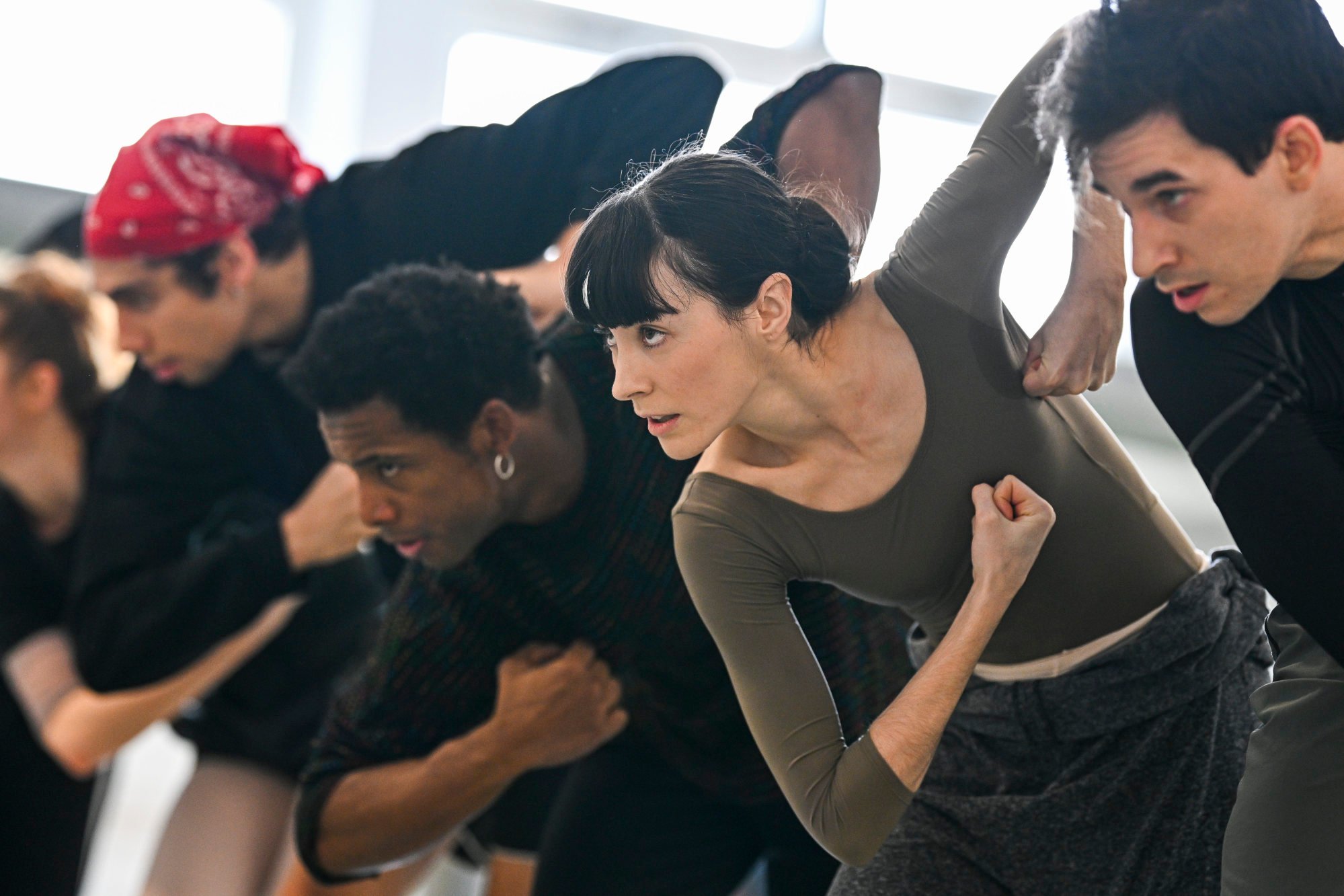Being thin is more a consequence of training, she says. Ballet is a competitive sport in an artistic guise.
A normal working day for Baranova, for example, begins at 10am and ends at 6pm. “We are top athletes. Every performance is like an Olympics for us, we are pushing our boundaries every day.”
The job is tough and requires a lot of discipline. “There’s no easy way out. We are live on stage every time – you can’t Photoshop your result,” she says.
China street cleaner, 63, realises ballet-dancing boyhood dream
China street cleaner, 63, realises ballet-dancing boyhood dream
Laurent Hilaire, director of the Bavarian State Ballet, says dancers are athletes of the highest calibre who have honed their craft for decades.
“We talk about it, we are concerned about it. I am by no means calling for [a certain] type of anorexic dancer, nor do I support it,” he emphasises.

Ballet academies now offer health programmes. The University of Music and Performing Arts Munich (HMTM) has a performance nutritionist, Dora Meyer, who teaches ballet students “the knowledge and skills to be able to make food choices that support their health, well-being, growth and performance”.
Unhealthy eating habits in the ballet world remain widespread, Meyer says. Dancers are three times more likely than non-dancers to develop an eating disorder.
“Studies show that young dancers generally only consume 70 per cent of the recommended energy intake and have a below-average body weight and fat mass.”

Meyer offers workshops, cooking classes and individual counselling sessions at the university. Twice a year, she provides students with nutritional recommendations and works with them to develop personalised nutrition plans tailored to their lifestyle.
There is also a set minimum weight at HMTM. “It is important that dancers recognise that they are both artists and athletes. Without the right nutrition, performance suffers,” says Meyer.
Prima ballerina Baranova also supports maintaining a healthy diet. “You can’t eat air – your body can’t function without fuel.”
‘I wanted to create’: Hong Kong Ballet choreographer Ricky Hu on his calling
‘I wanted to create’: Hong Kong Ballet choreographer Ricky Hu on his calling
If you want to dance, you have to start early. Baranova began dancing at the age of three. By 12 or 13, you should be training every day and doing a lot of physical work.
“At some point, it becomes the norm. You get used to it. It’s the normal path, because the body has to withstand the pressure. And ballet becomes your identity,” says Baranova.
The changes that are happening in the ballet world do not just relate to physical ideals. The past 50 years has seen the dance standard and dancing techniques change, says Hilaire.

Ballet has become more athletic and involves more physical labour – it has become a high-performance sport.
“It’s a competitive field. On the sporting side, everyone tries to achieve the highest performance,” says Baranova. At the same time, she says, “you are a storyteller”.
Hilaire agrees. “Classical ballet in its entire repertoire tells stories of love, hate, infidelity and much more – in my opinion, it’s about life. That’s the reason classical ballet remains relevant.”
The Maoist film that wowed the West after premiering at Venice Film Festival
The Maoist film that wowed the West after premiering at Venice Film Festival
To make their pirouettes and grand jetés look effortless and graceful, ballet dancers must put a serious amount of effort into their training.
“Most injuries start in your mind and then the body reacts. To perform, your body and mind have to be completely connected,” says Baranova. “The most wonderful moment is when you connect with your partner when you’re live on stage. It’s magical.”


